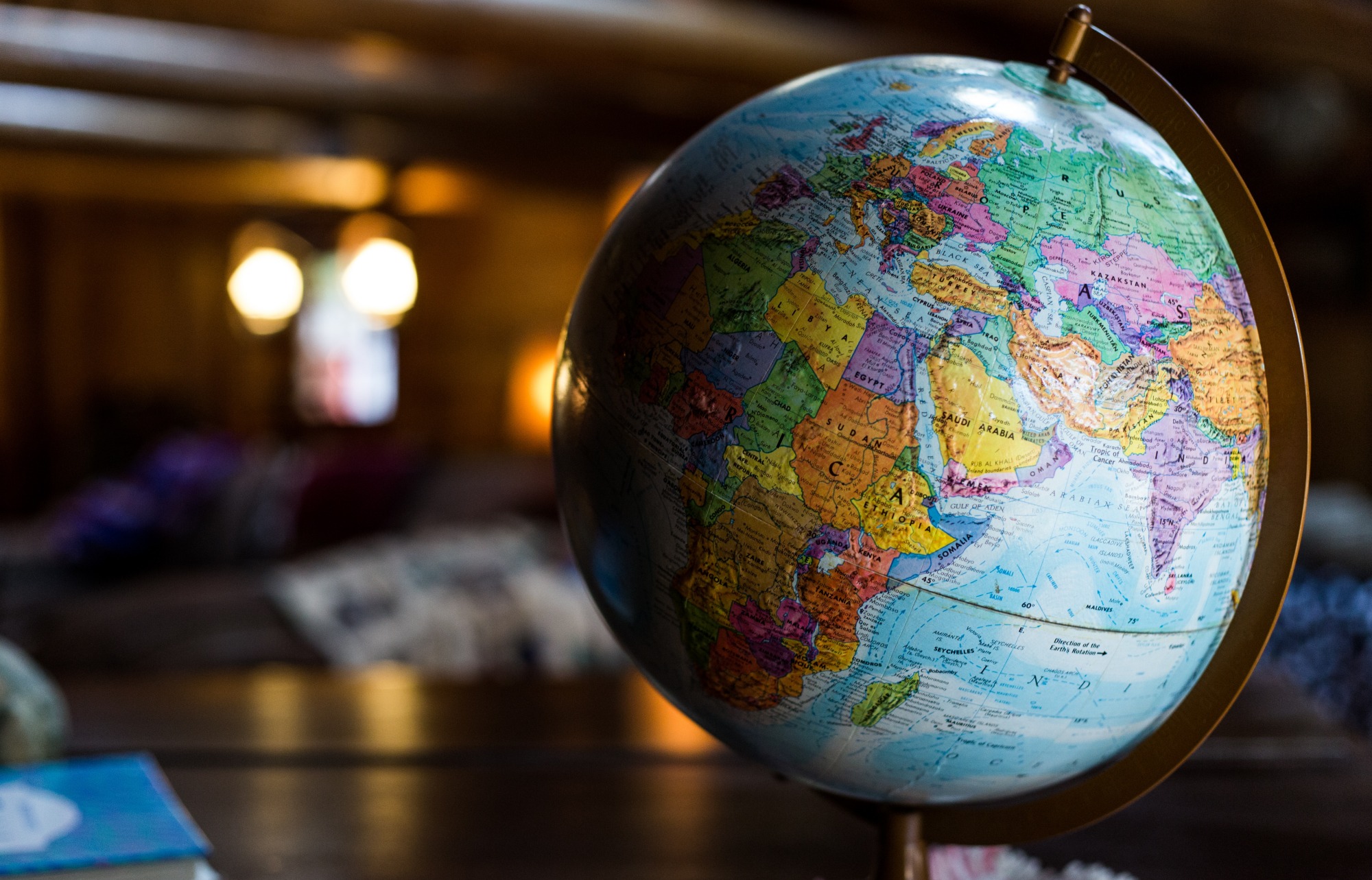If you’re eyeing the international market for the sake of growing your business, you’ve made the right decision. There’s no better way to expand your company’s horizons than introducing it to different cultures and economies. Unfortunately, different countries have different laws regarding trademarks and patents. You have to know what you’re getting yourself into before making any important decisions.
Act fast
When it comes to trademarking in international markets, acting quickly as possible is essential. International markets usually use a civil law system for filing trademarks. This often means that it’s based on a “first to file” system. The first person to file the trademark will receive it. This is in contrast to the United States trademark system, which values the use of the trademark in trade and commerce. Because of this, it’s important that you not delay the trademark filing process.
You have to act fast before someone else tries to steal your idea from right under your nose. Even if your idea is a well-kept secret, that still might not be enough to protect it from every form of product theft. There are individuals and companies that specialize in what is called “brand squatting”. An unaffiliated third party will take hold of your trademark in a foreign country and then hold it ransom until you decide to pay them. Because of this, your brand and its reputation can’t spread much farther than where it originated.
Do the necessary research
Not every country has the same type of trademark laws. What applies in one market might not apply in the market of another country. Before filing for a trademark overseas, you will have to do the necessary research in order to better understand what you’re getting yourself into.
Recognize which countries have the most potential for your business investment. It is recommended that you rank them first. Categorize them into different tiers based on which countries have a large market size and value for your trademark. This will help you set your priorities straight. If the country is ripe for your business, it might be worth the hassle to file an international trademark.
Start by finding information about the size of revenue streams in any given country and whether or not you have a sizeable consumer base within them. If you have any distributors or business partnerships there, can they be of assistance? Is the targeted demographic in the region growing or steadily declining? These are all important questions you need to ask yourself before you even consider filing for a trademark.
Review international treaties

When it comes to international trademark applications, the most common set of laws are contained within the Madrid System. It’s an international treaty that regulates the registration and management of patents and trademarks. It states that an individual or corporation can submit one application in order to protect their intellectual property within the coalition of states that have signed under it.
There are over a hundred and ten countries that have signed the Madrid treaty and they all protect patents under one umbrella. If you follow their guidelines and respect the application process, it is very likely that these countries will protect your trademark from theft within their borders. Instead of seeking trademark protection in every individual country, you can protect it with one application through the Madrid system. Keep in mind that there are still dozens of countries that are outside of the agreement but have very attractive economies.
There are tens of thousands of trademarks filed annually within the system, which shows how popular it is for businesses to spread out internationally within these countries.
Prepare legal counsel
When you’re in the process of filing for a trademark, you might want to seek the guidance of an expert in trademark law. Intellectual property attorneys are a crucial part of the international trademarking process. Keep in mind that trademark and patent laws are complicated enough as it is, but when you consider applying these laws in foreign countries, it can get even worse. You don’t want to start your journey by paying large sums of money only for your application to fail in the international market.
It’s not unusual to find that certain foreign countries don’t respect international patent and trademark laws. Countries like Saudi Arabia and China frequently disregard laws regarding the protection of intellectual property. Know that patent infringement professionals often recommend not entering these markets because it’s very likely that your product or idea will be copied and taken advantage of immediately.
When you decide to hire a legal expert to help you with your trademark, make sure they are qualified for the job. Your legal counsel should be registered to practice within the United States Patent and Trademark Office.
Start with the USA
No matter where you started off, you’re going to be wondering which market to spread your brand to first. Before seeking international trademark protection in other countries, it is often recommended to start your journey in the USA. If you and your company were already started here, you’re already halfway to your goal. This is because the United States is considered the biggest and most important contemporary business market. Alongside this, it also has the fastest possible electronic application system available. You can complete your trademark filing through the USPTO website after filling out a form.
There is a form of soft trademark and patent power when you register in the United States. Your brand receives gives your patent application more legitimacy and your brand is given more credibility when you decide to tread in international markets.
Priority is something you need to consider as well. The application process of the USA gives you quite a bit of it. This priority is an important aspect of international trademark disputes. If several parties lay claim to a single brand, the one with the earliest priority will be given the right to use the trademark.
Conclusion
While the decision to spread to international markets is easy, the filing application is not. There are a host of responsibilities that go along with it, even if the countries are within the Madrid agreement. The only thing that’s certain is that it’s the right choice to make. Consider some of these guidelines and your application should go off without a hitch.


 Table of Content
Table of Content










